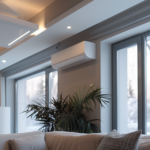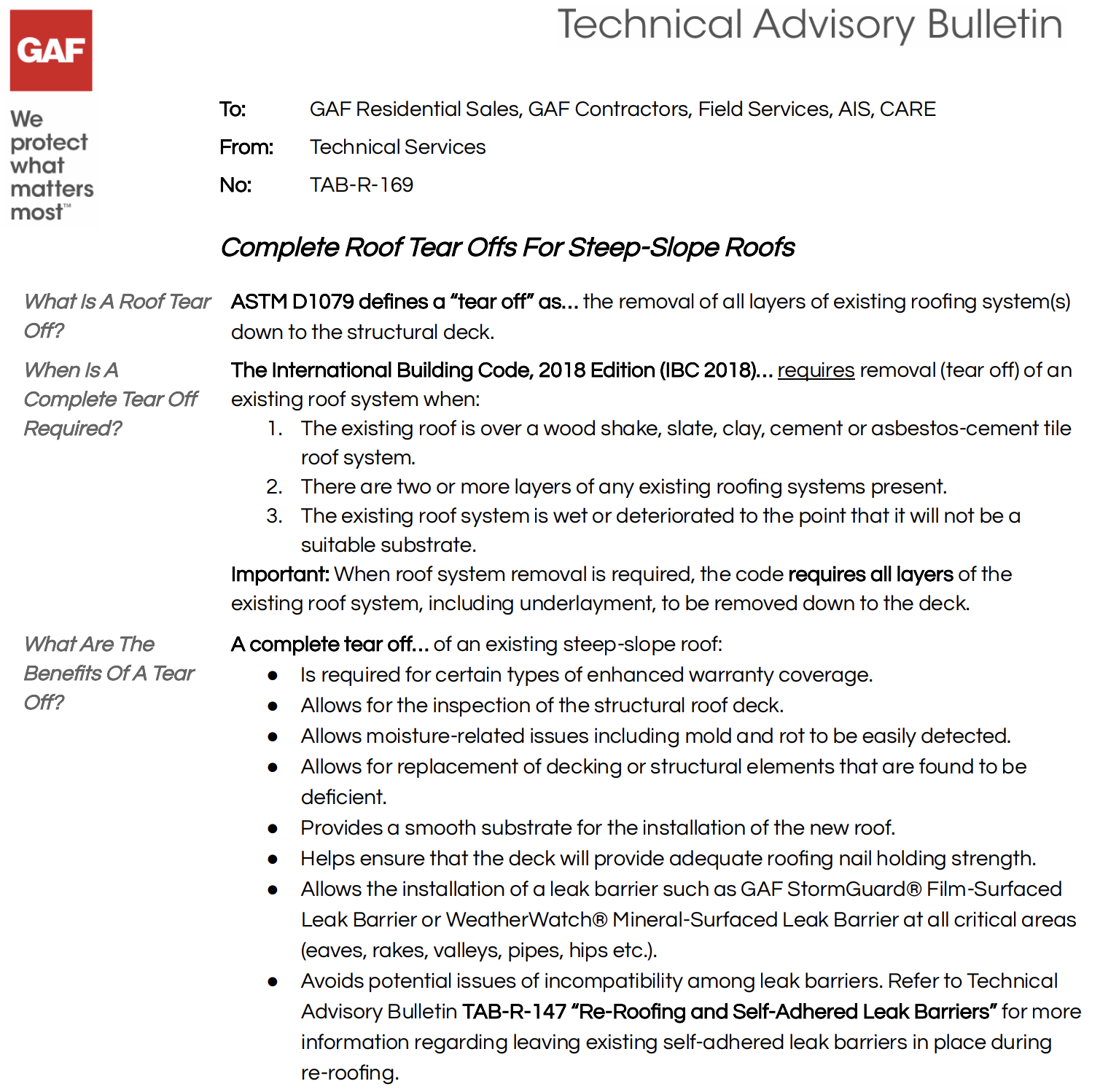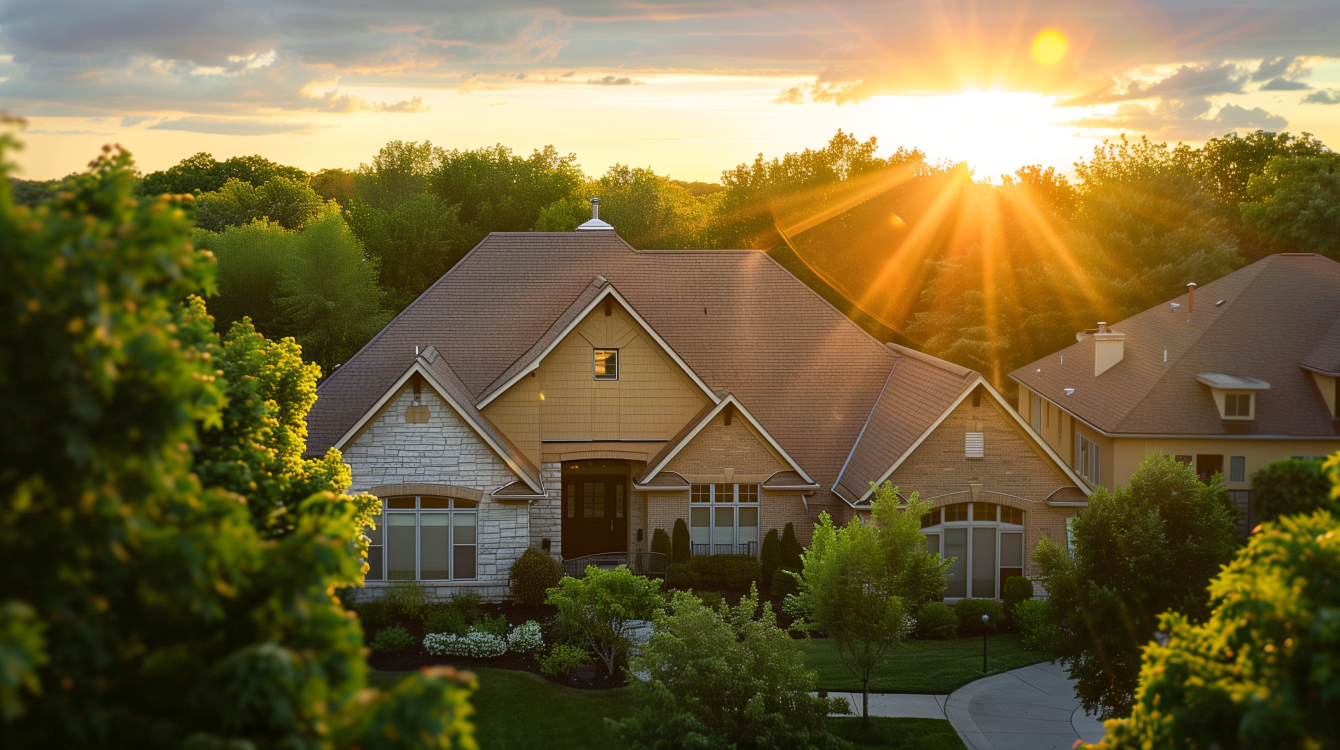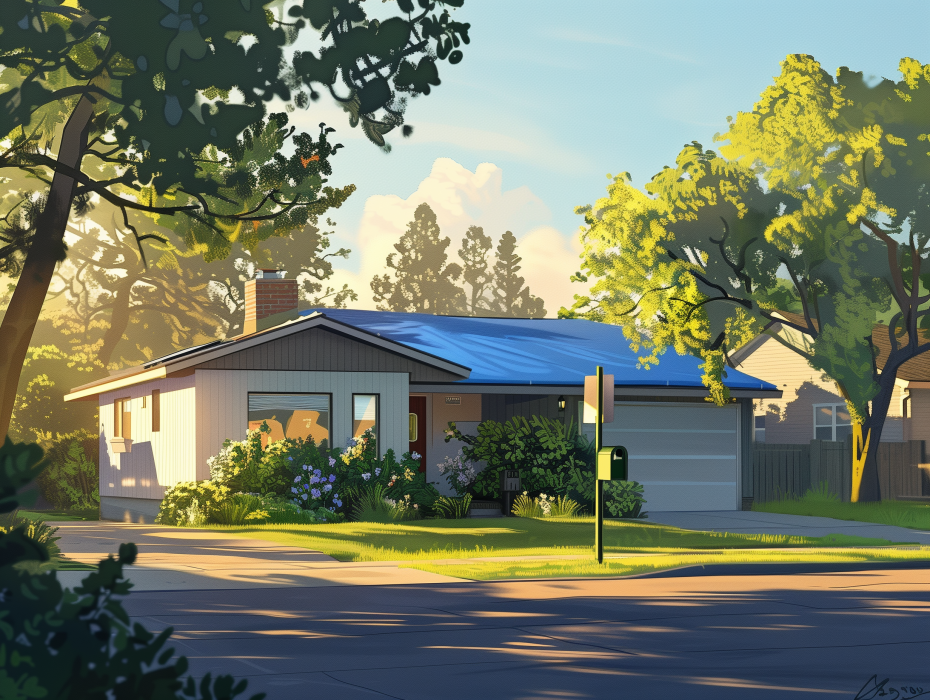What Is a Roof Tear-Off?
A roof tear-off, as defined by ASTM D1079, involves the removal of all layers of an existing roofing system down to the structural deck. This process is crucial for maintaining the integrity and longevity of your new roof.
When Is a Complete Tear-Off Required?
The International Building Code (IBC) 2018 mandates the removal (tear-off) of an existing roof system under the following conditions:
- Existing Roof Type: If the existing roof is over a wood shake, slate, clay, cement, or asbestos-cement tile roof system.
- Multiple Layers: If there are two or more layers of any existing roofing systems present.
- Unsuitable Substrate: If the existing roof system is wet or deteriorated to the point that it will not serve as a suitable substrate.
Important: When roof system removal is required, the code specifies that all layers of the existing roof system, including underlayment, must be removed down to the deck.
What Are the Benefits of a Tear-Off?
A complete tear-off of an existing steep-slope roof offers several advantages:
- Enhanced Warranty Coverage: Required for certain types of enhanced warranty coverage.
- Structural Inspection: Allows for the inspection of the structural roof deck.
- Moisture Detection: Moisture-related issues, including mold and rot, can be easily detected.
- Deck Replacement: Enables replacement of decking or structural elements that are found to be deficient.
- Smooth Substrate: Provides a smooth substrate for the installation of the new roof.
- Nail Holding Strength: Ensures the deck will provide adequate roofing nail holding strength.
- Leak Barrier Installation: Allows the installation of a leak barrier such as GAF StormGuard® Film-Surfaced Leak Barrier or WeatherWatch® Mineral-Surfaced Leak Barrier at all critical areas (eaves, rakes, valleys, pipes, hips, etc.).
- Incompatibility Avoidance: Avoids potential issues of incompatibility among leak barriers.
Additional Resources
For more information regarding leaving existing self-adhered leak barriers in place during re-roofing, refer to Technical Advisory Bulletin TAB-R-147 “Re-Roofing and Self-Adhered Leak Barriers.”
Conclusion
A complete tear-off is a critical step in ensuring the success and durability of your new roof. It allows for a thorough inspection and necessary repairs, ensuring a smooth and stable substrate for the new roofing materials. Following the guidelines set by the International Building Code and understanding the benefits of a tear-off can lead to a more durable and long-lasting roof installation.
For Immediate Service or Consultation
Contact Allied Emergency Services, INC.
Phone: 1-800-792-0212
Email: Info@AlliedEmergencyServices.com
Location: Serving Illinois, Wisconsin, and Indiana with a focus on the greater Chicago area.
If you require immediate assistance or have specific questions, our human support is readily available to help you.
Disclaimer: This article is intended for informational purposes only. For professional advice, consult experts in the field.










